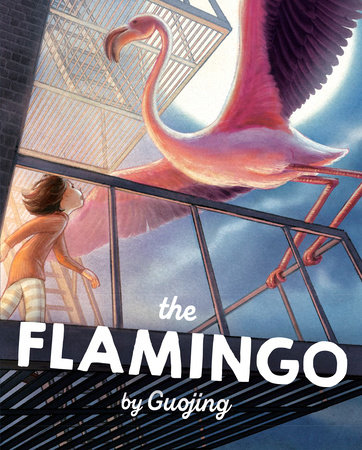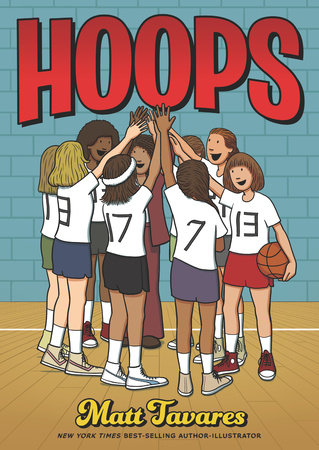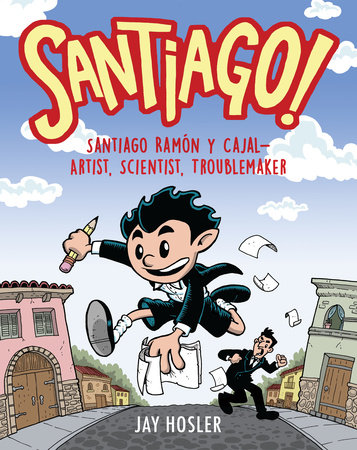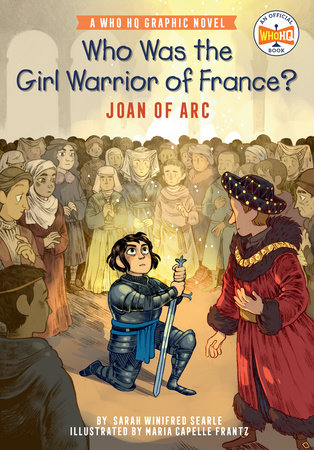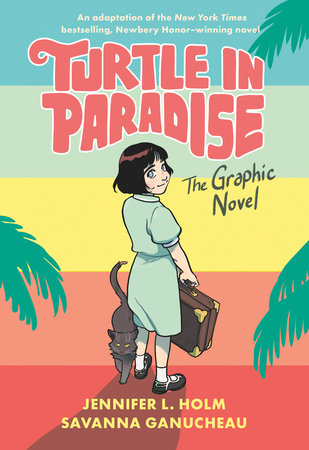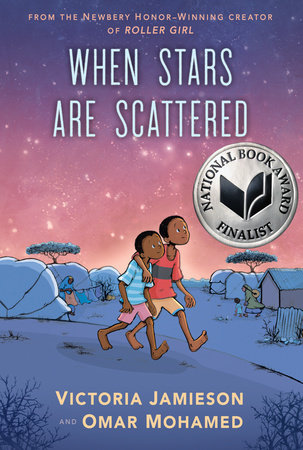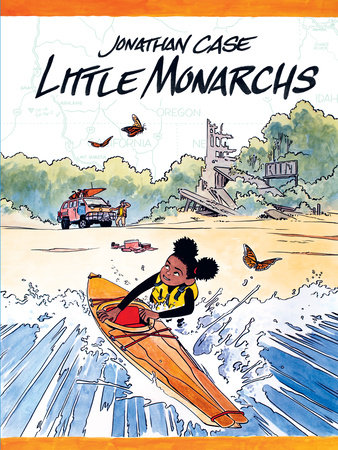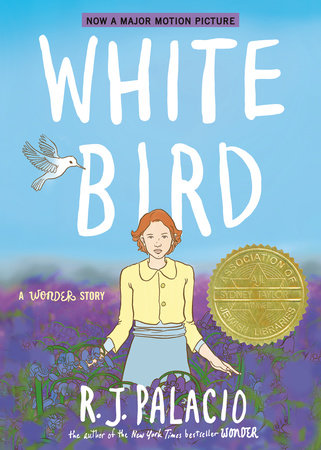6 Innovative Ways To Use Graphic Novels as Teaching Tools
by Lindsay Barrett
Every classroom library should be well-stocked with graphic novels. Beyond being ideal for kids’ independent reading, graphic novels also have tons of potential as teaching tools.
(And let’s clear it up right now for those of us who grew up hiding our comic books inside “real” books: reading graphic novels is authentic reading! Graphic novels are full of opportunities to think about characterization, themes, mood, tone, etc.)
Check out these teacher-tested ways to use graphic novels as teaching tools.
Use graphic novels to challenge kids to think critically about books.
Graphic novels can motivate reluctant or struggling readers. More than that, the visual content encourages all kids to think about literature in new ways. The Flamingo by Guojing is a stunning, almost wordless graphic novel about a girl who visits her grandmother. Lao Lao treats her granddaughter to a captivating story-within-the-story about the origins of a mysterious flamingo feather. This rich and complex book is ideal for talking with kids about how to make inferences.
By introducing critical thinking and comprehension concepts with graphic novels, readers need to make only a short leap to applying similar skills to other types of books. Try discussion questions like:
- How do the text and art work together to help you know what is happening?
- What can you infer about the characters’ emotions from these panels?
- Why do you think the author decided on these words/panel layout/angle/font type/color scheme? How does that choice help you as a reader?
Use graphic novels to introduce citing text evidence.
Graphic novels are an ideal way to introduce the idea of referring to text evidence to support one’s reasoning — a significant theme in state and national standards that can be tricky for kids. Narrowing down “how you know” something to a particular panel, and narrowing that down further to specific words or visual details, can feel more straightforward to kids than having to search an entire page of written text.
Use a graphic novel as a unique whole-class read.
With the inevitable variety of students’ reading levels, interests, and proficiency in English, whole-class reads can be hard to get right. The Yale Center for Dyslexia and Creativity called graphic novels “grand equalizers,” which is a pretty fantastic way to think about their potential in the classroom.
Having your entire class read a graphic novel can make a book accessible to all readers and give them much to talk about. For discussion-worthy themes and broad appeal, try Hoops by Matt Tavares, which is based on the true story of an Indiana girls’ basketball team in the early days of Title IX. (The author’s note, in which Tavares talks about why he used a graphic novel format for this story, makes for a meaningful class discussion.)
Use graphic novels to amplify content area learning.
The engaging format and visual elements of graphic novels make them perfect for bringing science and social studies content and vocabulary to life for kids. There are tons of informational graphic novels on the market for all reading levels. Check out Santiago! by Jay Hosler to challenge stereotypes of how people become scientists. (The “father of modern neuroscience” was definitely not a nerd!) The new Who HQ Graphic Novel series has a diverse list of nonfiction for early-mid elementary readers.
You can also use stories set in a particular time, place, or around a certain theme to build background knowledge that supports your content area focus topics. When Stars Are Scattered by Victoria Jamieson and Omar Mohamed gives kids an unparalleled look at life in a refugee camp. Little Monarchs by Jonathan Case is a dystopian story that weaves in factual information about monarch butterfly migration and raises important questions about human impact on the environment.
Pair graphic novels with traditional literature.
Try having kids read the graphic novel version of a classic title before, concurrently with, or after reading the original version. Or, have different small groups read each edition and compare notes. Turtle In Paradise by Jennifer L. Holm and Savanna Ganucheau is an ideal choice for this.
Pairing a traditional title with its graphic novel spinoff allows kids to compare and contrast content and genre features. For instance, when studying point of view, first read the prose version of the modern classic Wonder by R.J. Palacio. It’s about Auggie, a boy with a facial difference. Then, move on to the author’s graphic novel version of White Bird, told from the point of view of Auggie’s classroom bully Julian, as he learns about his Jewish family’s history in Nazi-occupied France.
Use graphic novels as mentor texts for writing.
A successful graphic novel requires an exceptional amount of precision. Studying the graphic novel format and writing their own comic book encourages kids to search for the right words, use punctuation effectively, and think about the relationship between words and art. Kids do not need to create an entire novel to reap the benefits. Try having kids summarize a traditional reading assignment by turning the story into a comic strip or creating a series of panels to explain a science concept, event from history, or personal experience.
-
Graphic novels mentioned in this post:
-
The Flamingo
Also available from:Hoops: A Graphic Novel
Also available from: -
Turtle in Paradise
Also available from:When Stars Are Scattered
Also available from:Little Monarchs
Also available from:

